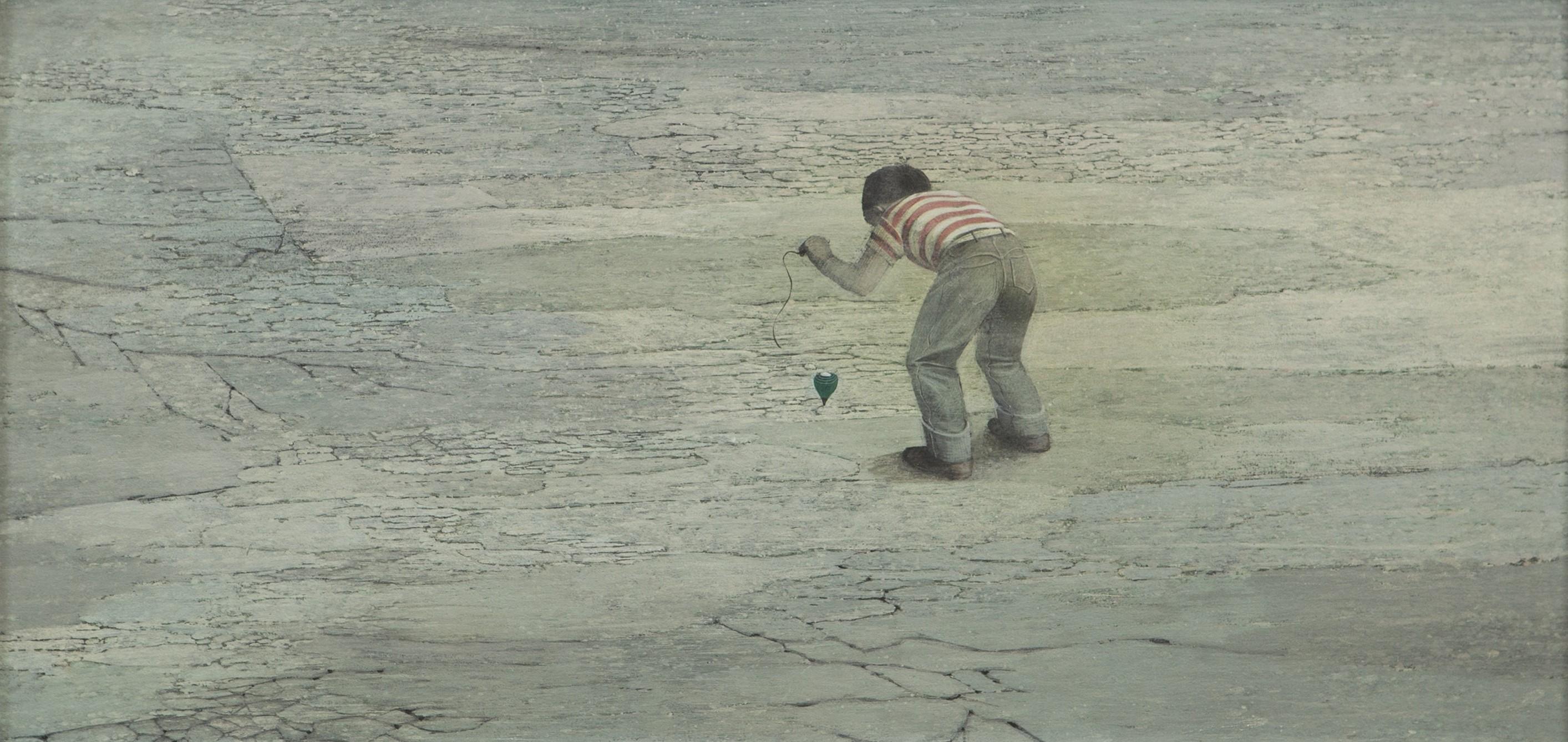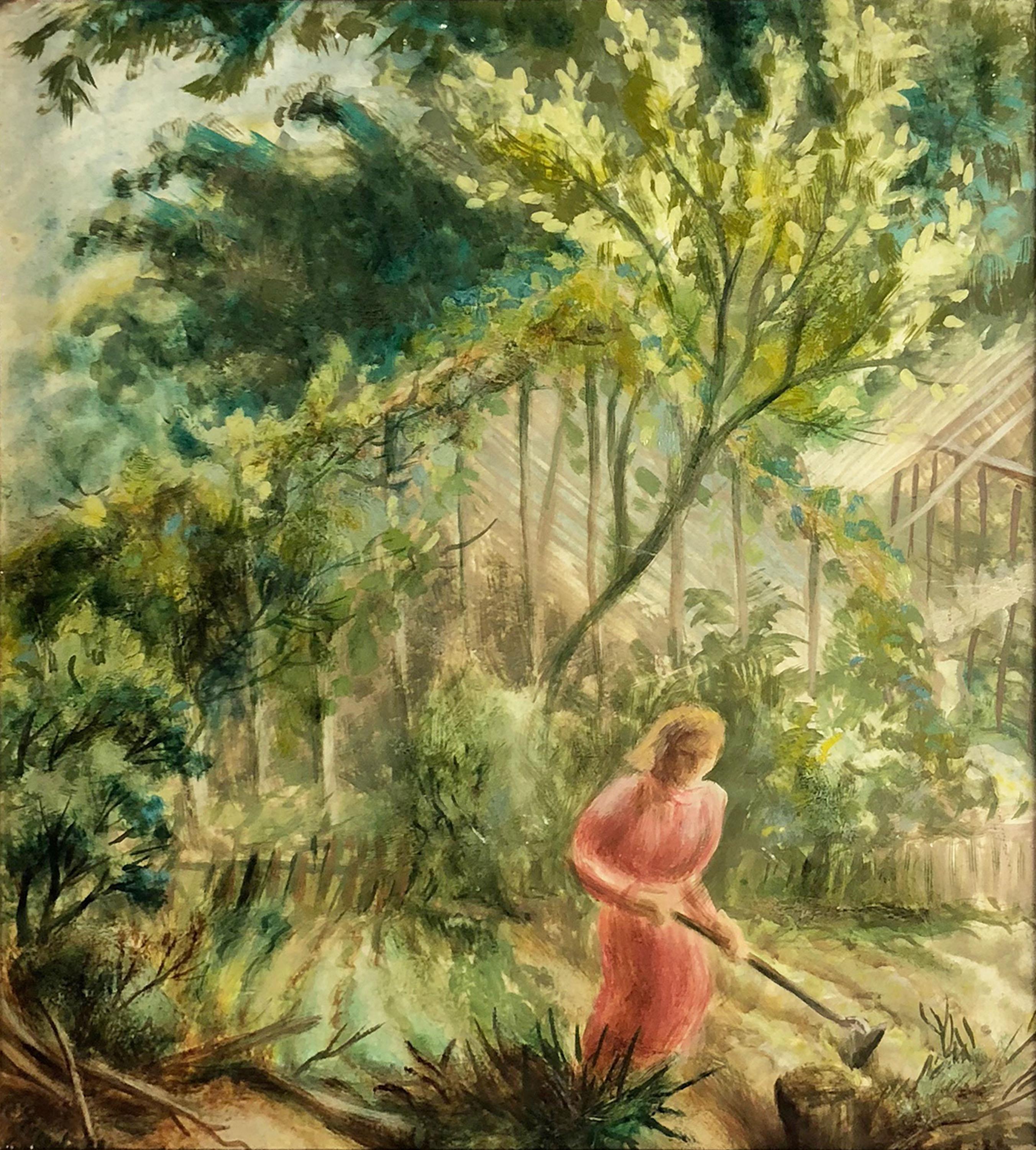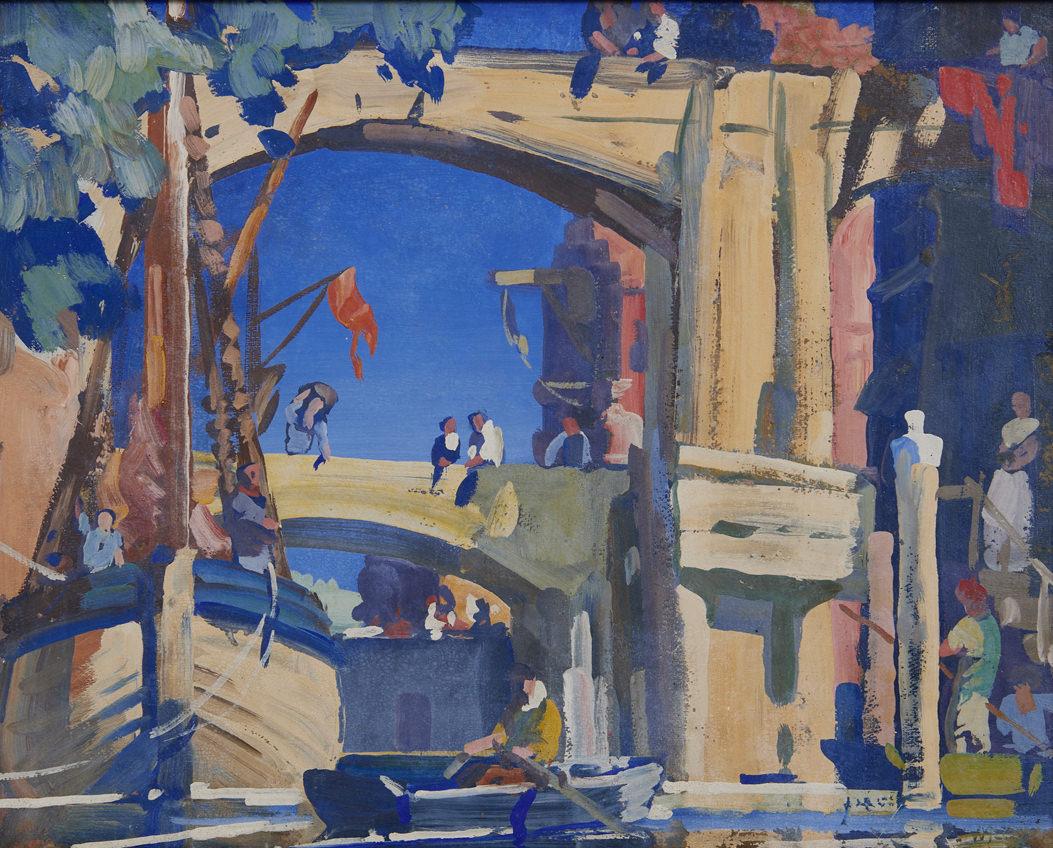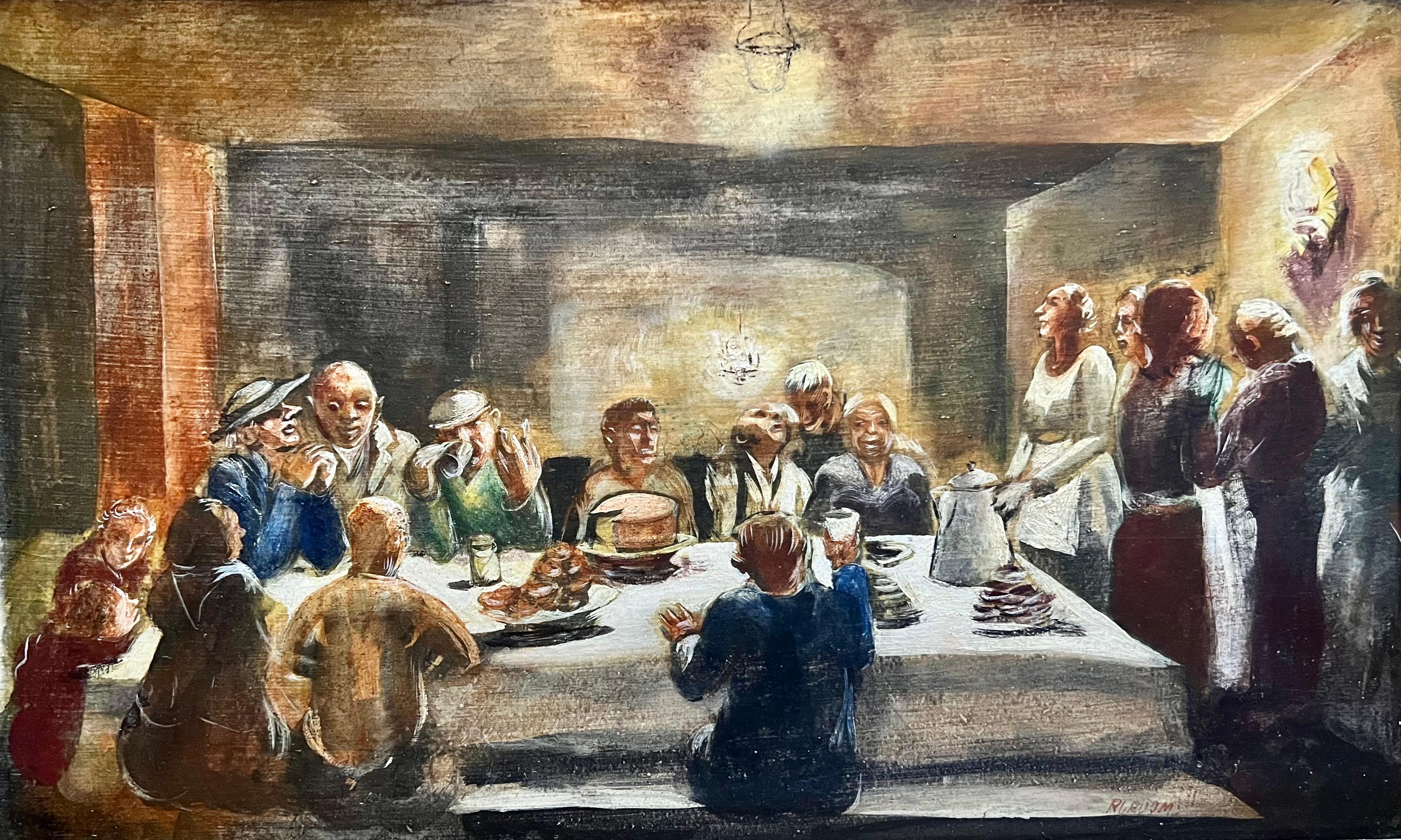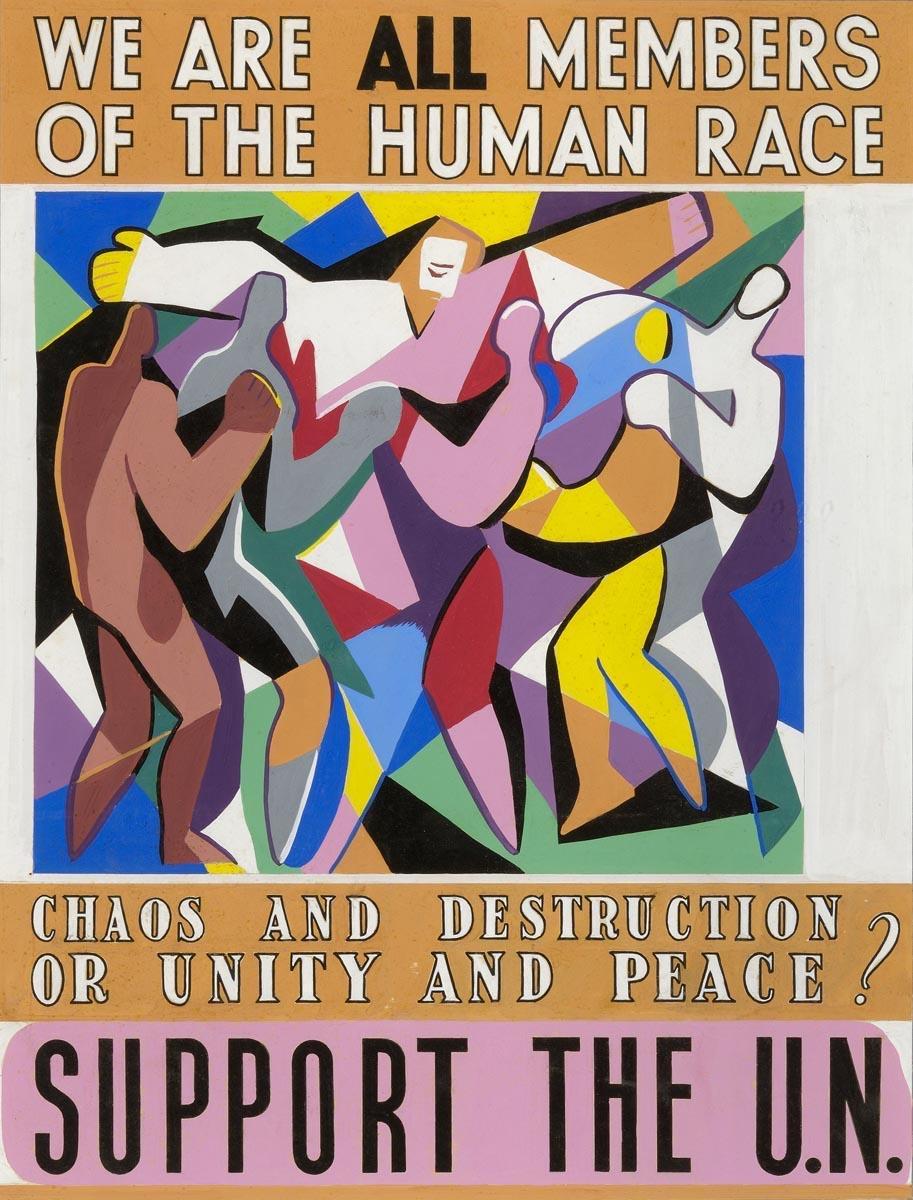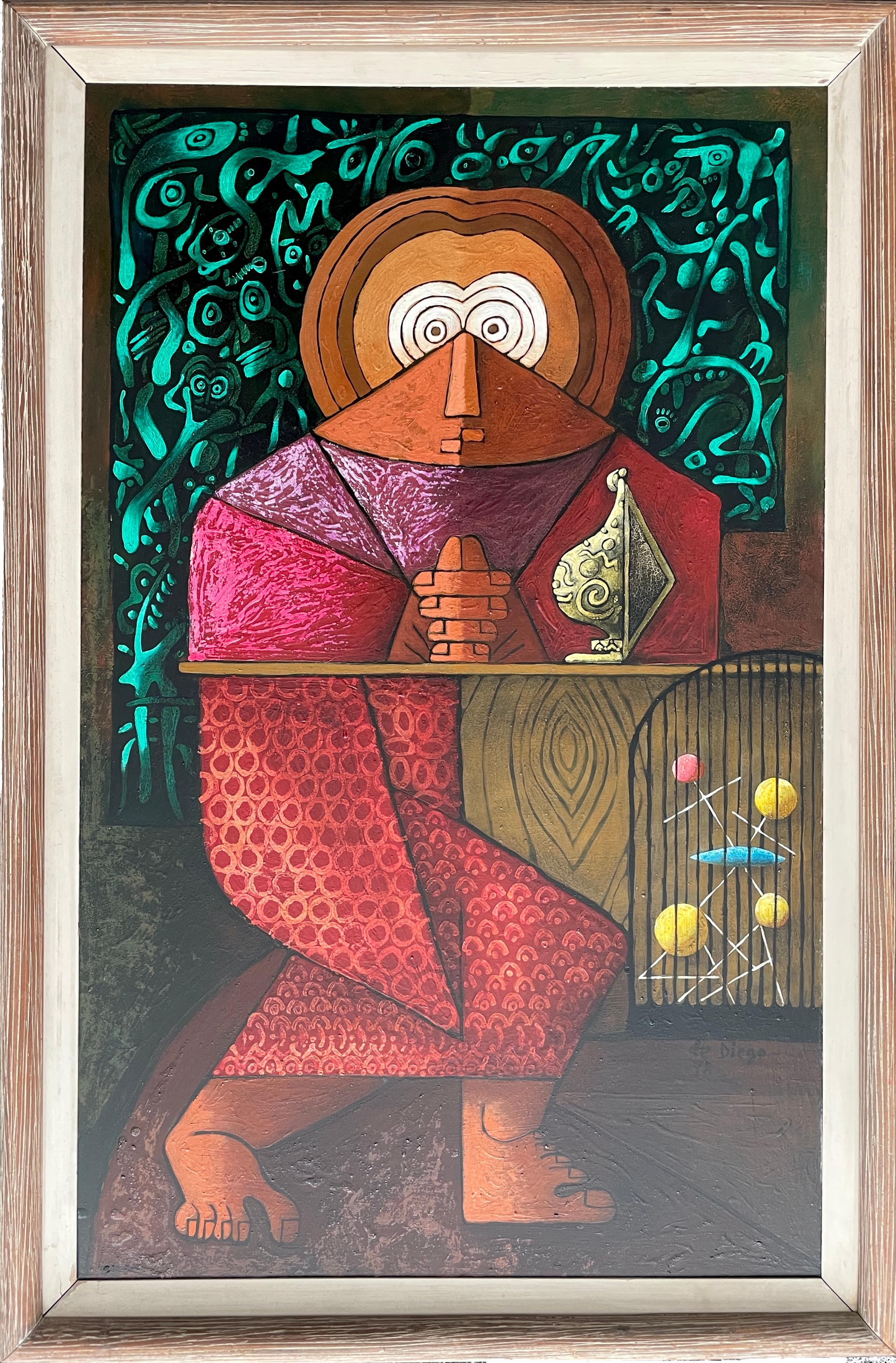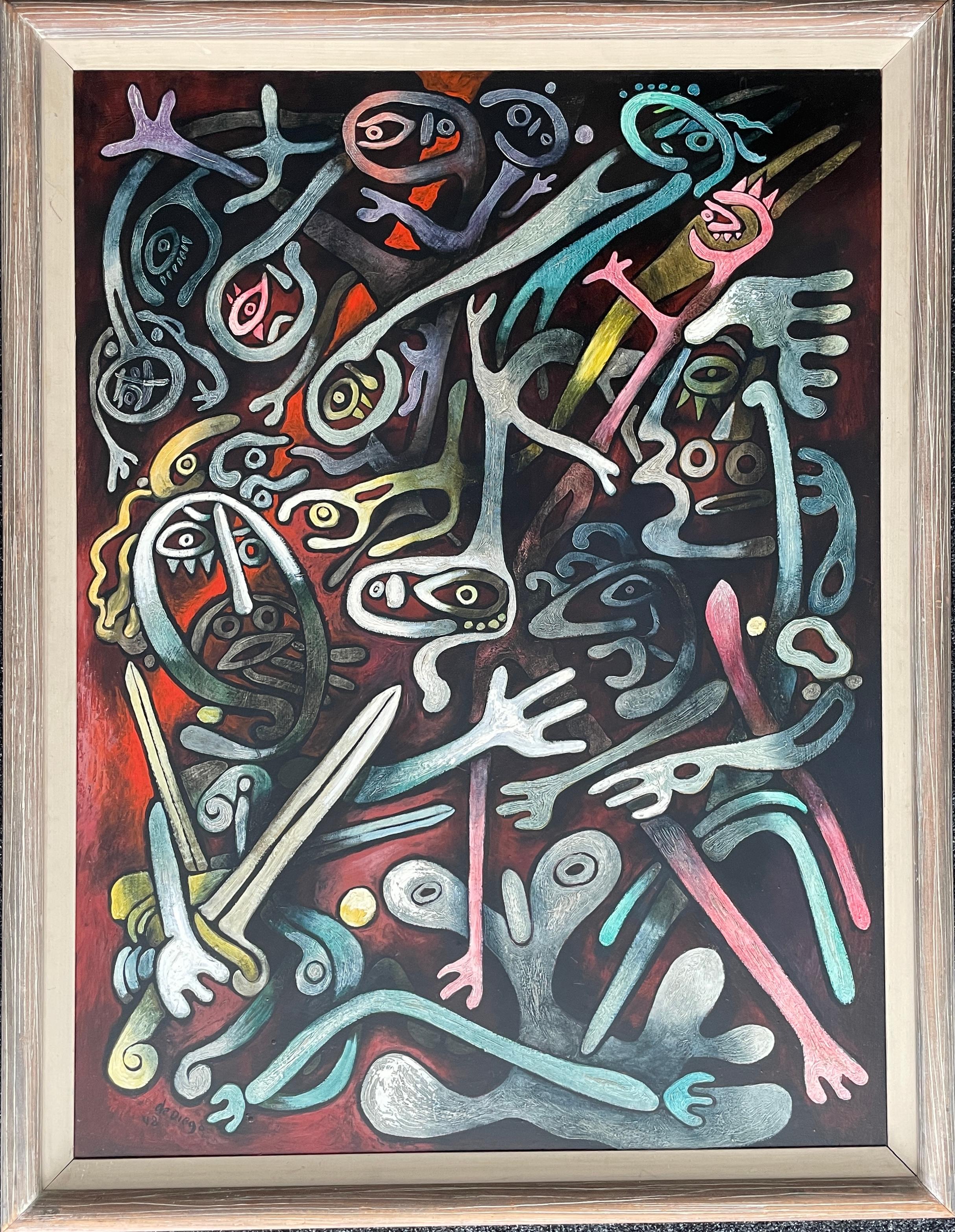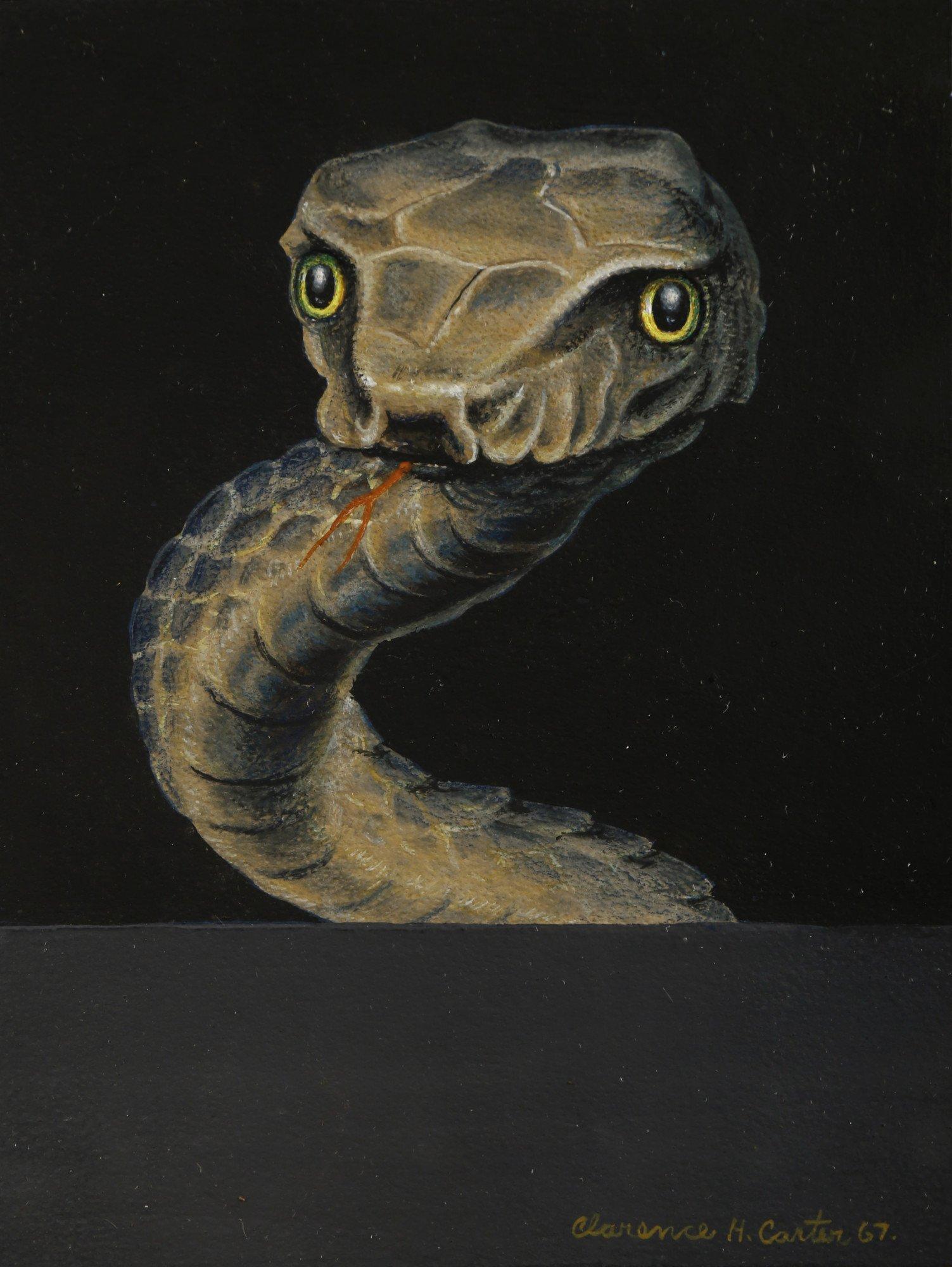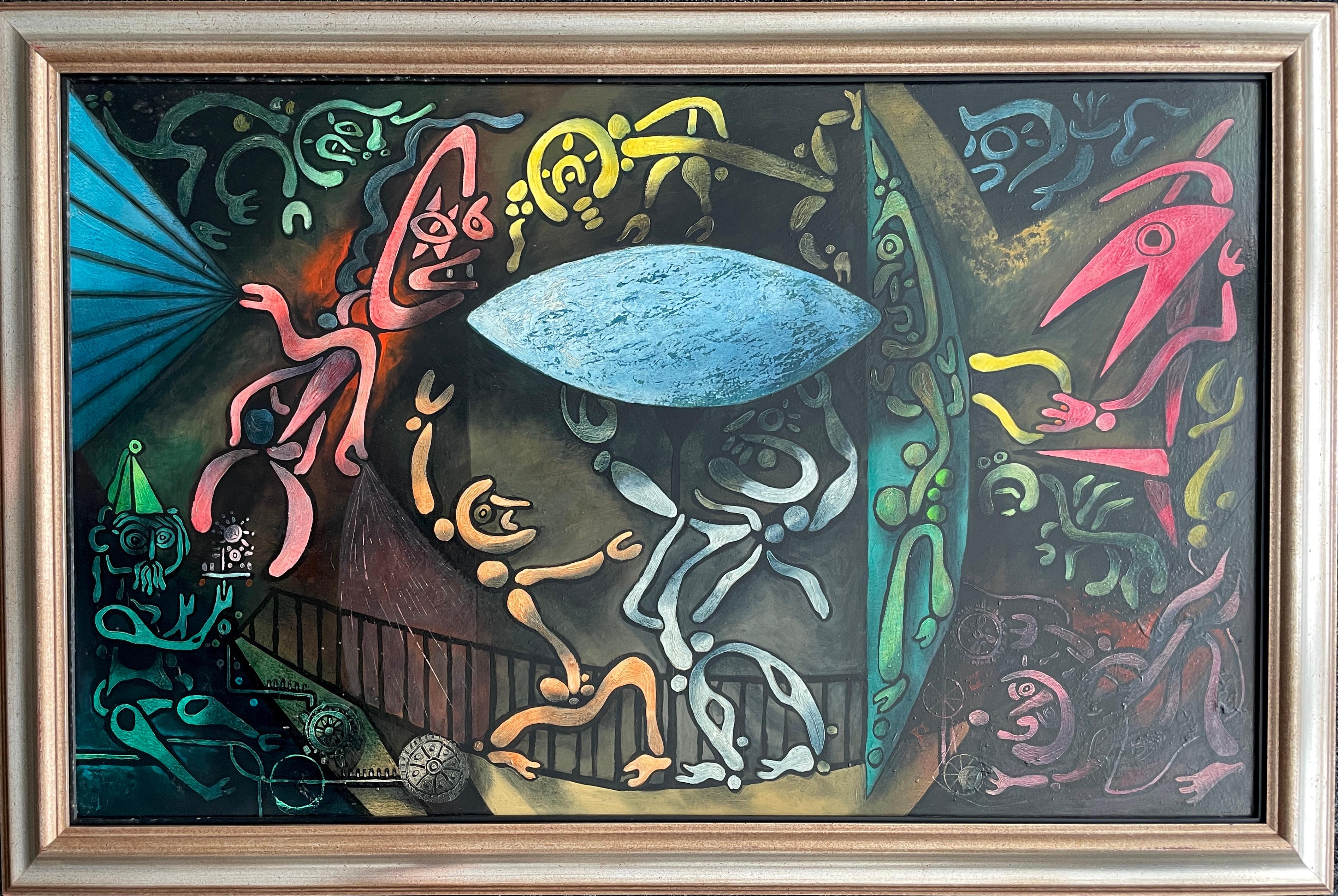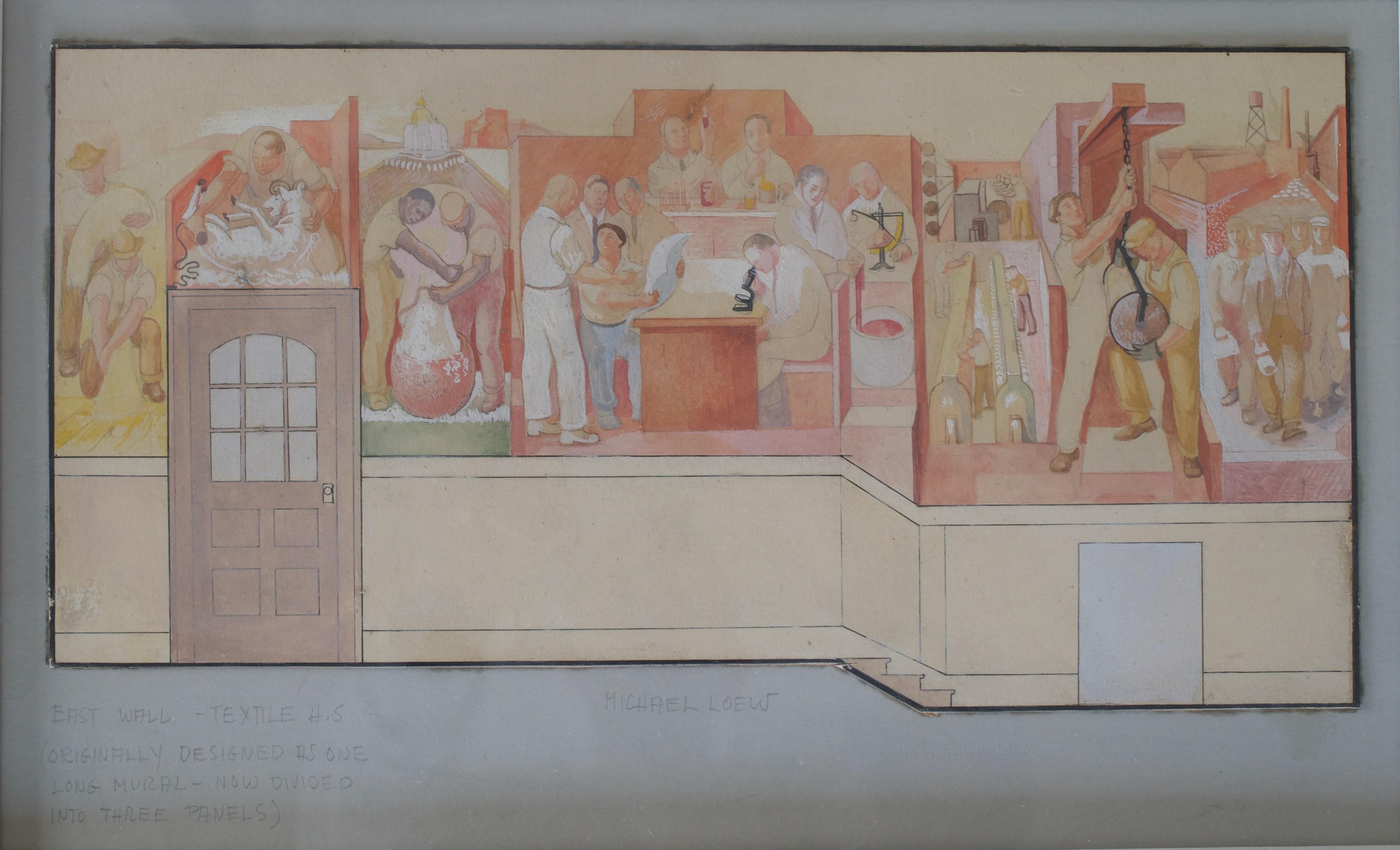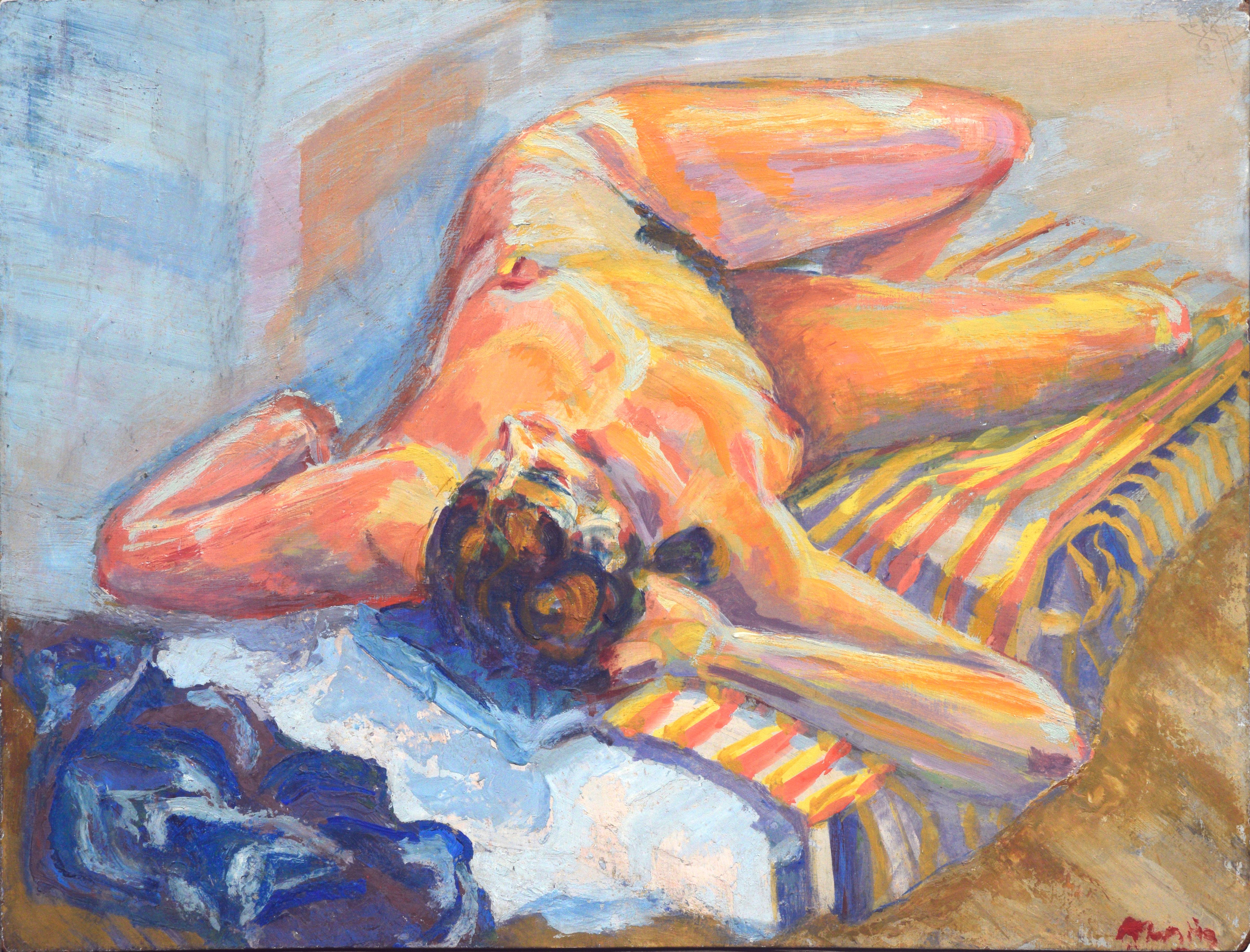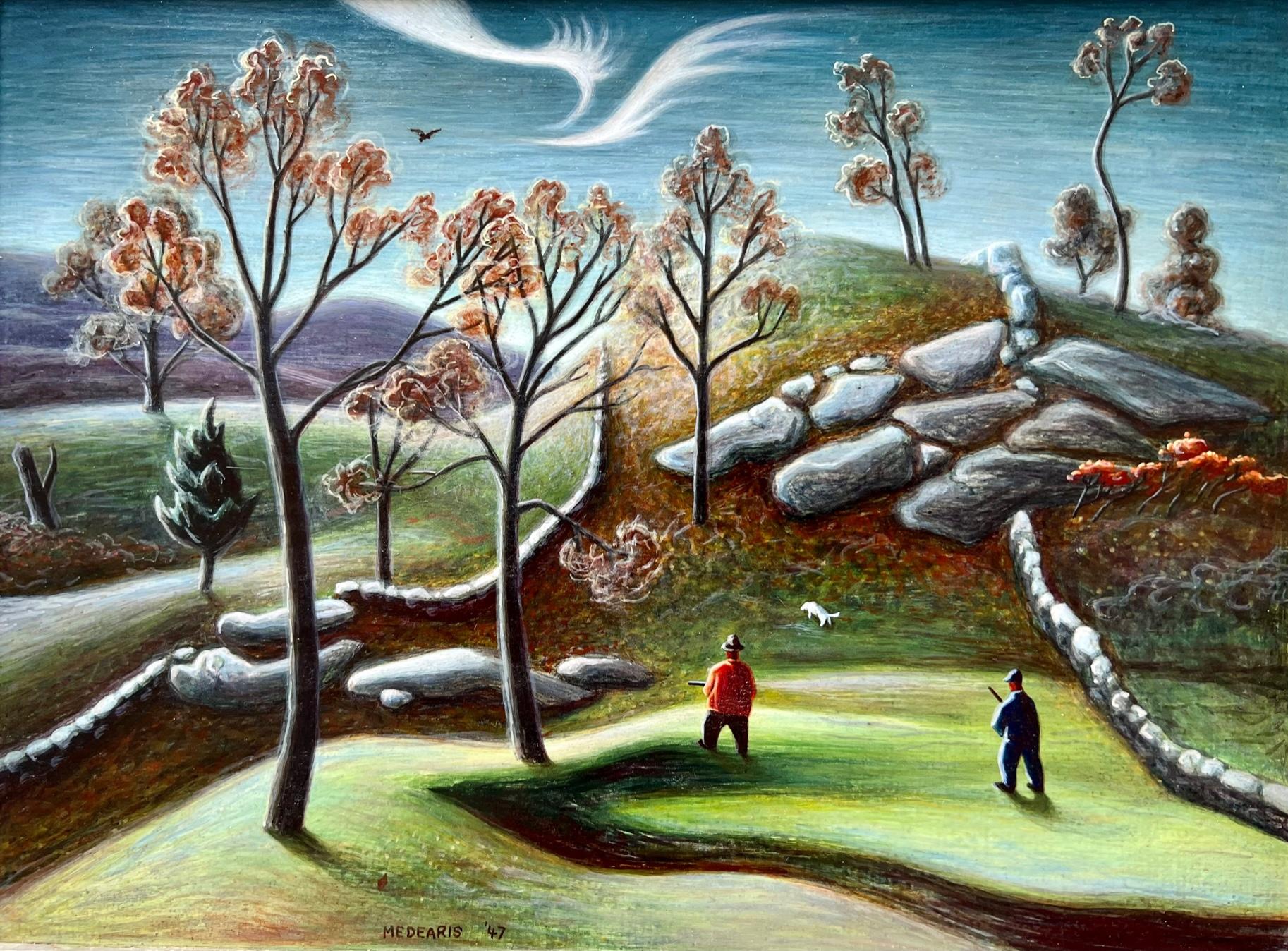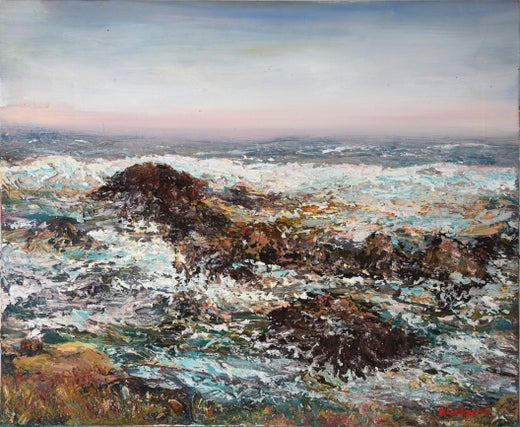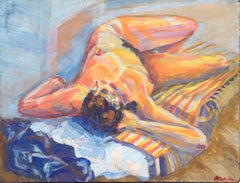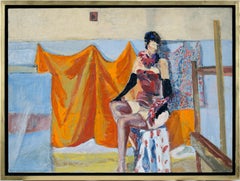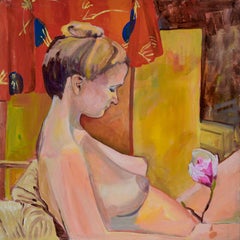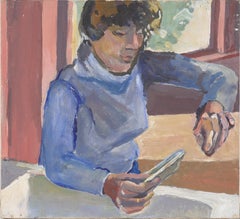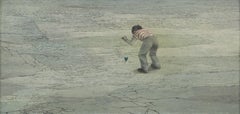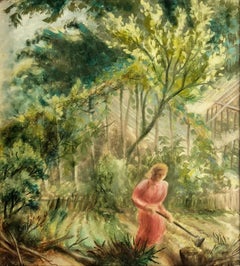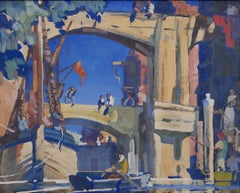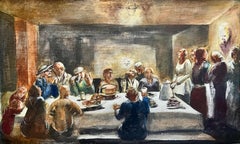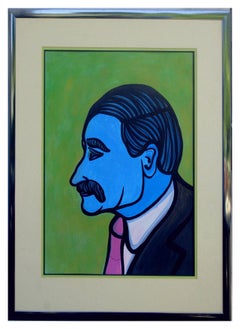
Blue Man Figurative
Dick CrispoBlue Man Figurative1982
1982
About the Item
- Creator:Dick Crispo (1945, American)
- Creation Year:1982
- Dimensions:Height: 33 in (83.82 cm)Width: 27 in (68.58 cm)Depth: 1 in (2.54 cm)
- Medium:
- Movement & Style:
- Period:
- Condition:Tone and wear consistent with age and use. Some light foxing on mat board.
- Gallery Location:Soquel, CA
- Reference Number:Seller: S19321stDibs: LU542452292
Dick Crispo
Dick Crispo, born in New York City on January 13, 1945, has resided on the Monterey Peninsula since 1955. An award-winning artist, Crispo has studied at the Carmel Art Institute under John Cunningham and Sam Colburn. He has also studied at the Monterey Peninsula College, Hartnell College in Salinas and the University of California, Santa Cruz. Known for his abstract-like figurative work and landscapes, Crispo has produced over 60 murals throughout the United States. His most important work may be the mile-long mural at the Soledad State Prison in Soledad, California. He paints both indoors and en plein air, yet he does not see himself as a plein air painter. In addition, he has been an instructor of art at the Carmel Adult School and many other venues in and around the Monterey area. Dick Crispo has been an artist member of the Carmel Art Association since 1969 and has served on its Board of Directors on a couple of occasions. He is also a member of the Artists Equity, Art Workers United, and the Monterey Peninsula Art Foundation. His works have been exhibited in a one-man show at the Monterey Peninsula Museum of Art (1997), Oakland Museum of Art, Harrison Memorial Library in Carmel, Library of Congress, Print Club of Philadelphia, Museum of Western Art, Tokyo and the Museum of Modern Art in Mexico City.
More From This Seller
View All20th Century American Modern Nude Paintings
Masonite, Tempera
Mid-20th Century American Modern Figurative Paintings
Canvas, Oil
Mid-20th Century American Modern Figurative Paintings
Canvas, Oil
1970s American Modern Figurative Paintings
Canvas, Oil
1970s American Modern Figurative Paintings
Canvas, Oil
1980s American Modern Abstract Paintings
Oil, Wood Panel
You May Also Like
Mid-20th Century American Modern Figurative Paintings
Casein
Mid-20th Century American Modern Figurative Paintings
Egg Tempera, Wood Panel
1910s American Modern Landscape Paintings
Tempera
1930s American Modern Figurative Paintings
Tempera
1940s American Modern Figurative Paintings
Egg Tempera, Board
1940s American Modern Abstract Paintings
Masonite, Oil, Tempera
